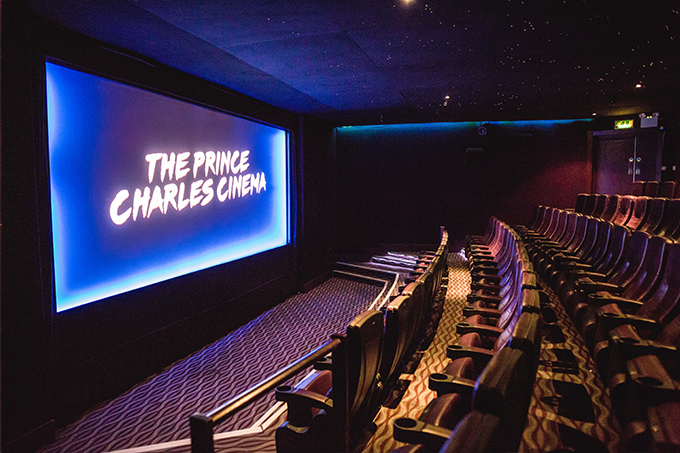Inside the nation’s capital city, London, lies a small independent cinema know as the Prince Charles Cinema. The cinema is fairly small, with only two screens, one of which has a capacity barely above one-hundred. However over the years this film has become a cultural touchstone for many film fans in the United Kingdom and is slowly becoming international renown.
I first visited ‘PCC’ in early 2016, and since then I have personally made the trip to the building over twelve times despite living in Wales and attending University in Cardiff. Why is this?
The PCC is what is known as a ‘Revival House’ a cinema that specialises in showing older, obscure or international films rather than the mainstream and recently films shown in most multiplex cinemas. The cinema also frequently screens films on film stock, a medium which has mostly been abandoned by larger multiplex cinemas and offers a greater sense of authenticity for older films. These aspects of the cinema are not particularly unique on their own, there are numerous revival houses across the United Kingdom. However there are no other cinemas of this type in London’s West-End, arguably the theatrical and cinematic centre of British culture. This makes the PCC a place of arguable historical as well as cultural significance, as it is the only way many people in the area will be able to see these films in their intended cinematic medium. The cinema offers unique reoccurring events, such as a Sound of Music: Sing Along event for which the cinema is particularly famous and in recent years The Room: Quote-Along. These events fit right in with the theatre shows dotted across London’s West-End, offering a greater degree of audience interaction than most cinemas and merge the cinematic and theatre spheres seamlessly. The cinema also has a strong digital and online presence with a well organised and appealing layout for online booking. The website also features a number of high quality photographs of the venue which I have used in this post. This digital presence shows the independent cinema adapting to the changes to the creative economy brought by digital technology, an impressive feat considering the decisively analogue nature of their business and product.

This is why the cinema has become such a ‘cult smash’ amongst film fans, myself included. Not only is the cinema a joy to visit, but it sits inside one of the best travel destinations in the UK. The cinema sits alongside London’s ‘Chinatown Gate’ allowing guests access to some of the best food and authentic Chinese cultural experiences in the entire country!

As a creative city it is doubtless that London is a success. The West-End itself is a sizeable district of the city limits devoted to housing theatres, museums, bookshops and small studios. If anything the greatest challenge facing the PCC and the creative economy in London on the whole is over-saturation, the possibility of being lost beneath so many successful institution within the creative industry of the city. It for this reason perhaps that the PCC remains the only revival house in the area despite its success and acclaim.
Another issue present in London, that may hurt potential competition of the PCC is that the cost of living in London is notoriously high, almost tripling the cost of rent when compared a smaller UK city such as Cardiff (Moneysupermarket.com, 2014).
Due to these issues it is possible that one day London’s West-End and by extension the PCC will be surpassed as the best creative and travel hub in the UK. However the Prince Charles Cinema is a great example to follow when setting up and independent cinema and remains my favourite travel destination in the entire UK.


















 The Amway centre
The Amway centre




















 Photo source: HD Wallpaper
Photo source: HD Wallpaper